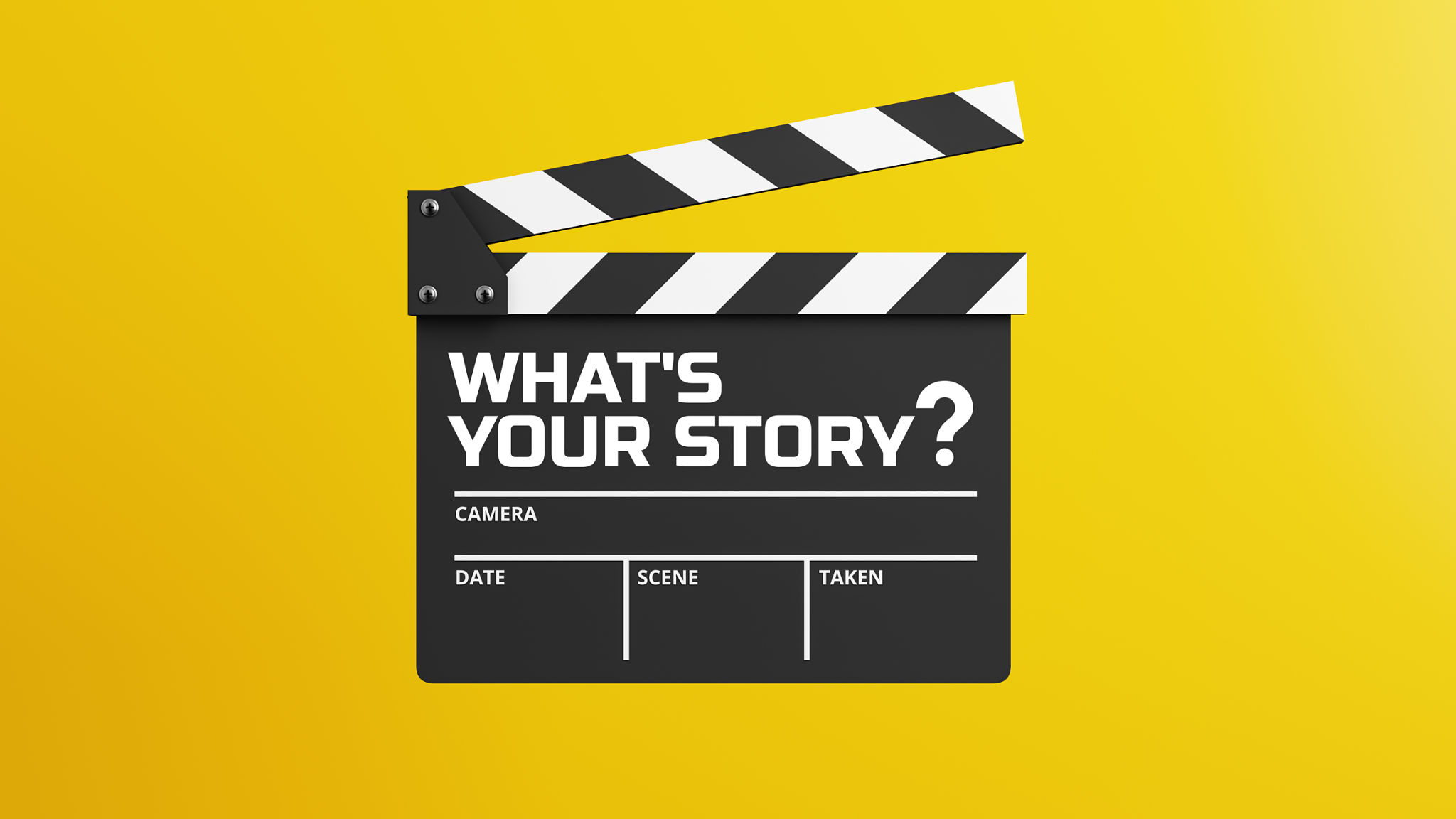The Ultimate Guide to Multimedia Storytelling: Techniques and Tips
Multimedia storytelling has transformed the way we share and consume stories. By integrating various forms of media, storytellers can create rich, immersive experiences that captivate audiences. This guide will explore techniques and tips to help you master the art of multimedia storytelling.

Understanding Multimedia Storytelling
Multimedia storytelling combines text, images, audio, video, and interactive elements to convey a narrative. It engages multiple senses, making the story more engaging and memorable. This approach is especially effective in the digital age, where audiences have come to expect dynamic content.
Incorporating different media types allows storytellers to break free from the constraints of traditional storytelling. By leveraging these elements, they can create a more nuanced and layered narrative that resonates with diverse audiences.
Choosing the Right Medium
Before you begin crafting your story, consider which media types will best serve your narrative. Each medium has its strengths and weaknesses. For example:
- Text is excellent for providing detailed information and context.
- Images can evoke emotions and illustrate concepts at a glance.
- Audio adds depth through voice, music, and sound effects.
- Video offers a dynamic way to showcase action and emotion.
- Interactive elements engage users, allowing them to explore content at their own pace.
Crafting a Compelling Narrative
At the heart of every successful multimedia story is a compelling narrative. Start by defining your story's core message or theme. What do you want your audience to take away from the experience? Once you have a clear idea, outline the story's structure, making sure each element contributes to the overarching narrative.

It's crucial to maintain a cohesive flow between different media types. Ensure that each element complements the others rather than competing for attention. This harmony will guide your audience seamlessly through the story, enhancing their overall experience.
Engaging Your Audience
Engagement is the key to successful storytelling. Use multimedia elements strategically to capture and maintain your audience's attention. Consider these tips:
- Start strong: Hook your audience with an intriguing introduction.
- Use visuals: Utilize images and videos to break up text and add interest.
- Leverage sound: Integrate audio elements to create atmosphere and emotion.
- Encourage interaction: Use quizzes, polls, or clickable elements to invite participation.
Tools and Resources
There is a wide range of tools available to help you create multimedia stories. Some popular options include:
- Canva: For designing stunning visuals.
- Audacity: To edit audio files.
- Adobe Premiere Pro: For video editing.
- StoryMapJS: To create interactive maps.

Experiment with different tools to find the ones that best fit your needs. Remember, the goal is to enhance your story, not to overwhelm your audience with too many elements.
Measuring Success
Finally, it's essential to measure the success of your multimedia storytelling efforts. Track metrics such as engagement rates, shares, and user feedback to gauge the impact of your story. Use this data to refine your approach and make improvements for future projects.
In conclusion, multimedia storytelling offers a powerful way to connect with audiences on a deeper level. By combining various media types and focusing on a cohesive narrative, you can create unforgettable experiences that resonate long after the story ends.
